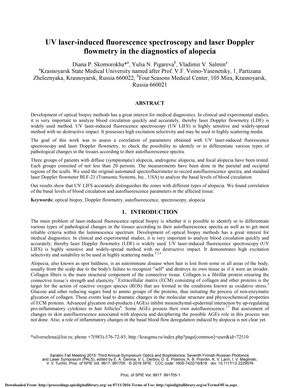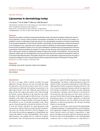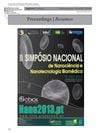UV Laser-Induced Fluorescence Spectroscopy and Laser Doppler Flowmetry in the Diagnostics of Alopecia
April 2016
in “
Proceedings of SPIE
”

TLDR UV-induced autofluorescence is effective for identifying different types of alopecia.
The study, conducted on at least 20 individuals per group with diffuse, androgenic, and focal alopecia, investigated the use of UV laser-induced fluorescence spectroscopy (UV LIFS) and laser Doppler flowmetry (LDF) for diagnosing different types of alopecia. Measurements from the scalp showed that UV LIFS could distinguish between alopecia types and found a correlation between blood circulation levels and autofluorescence parameters in affected tissue. Significant autofluorescence changes were noted at 498 nm, possibly due to advanced glycation end-products. The study concluded that UV-induced autofluorescence is a sensitive method for differentiating between alopecia types and could be recommended for differential diagnosis.




